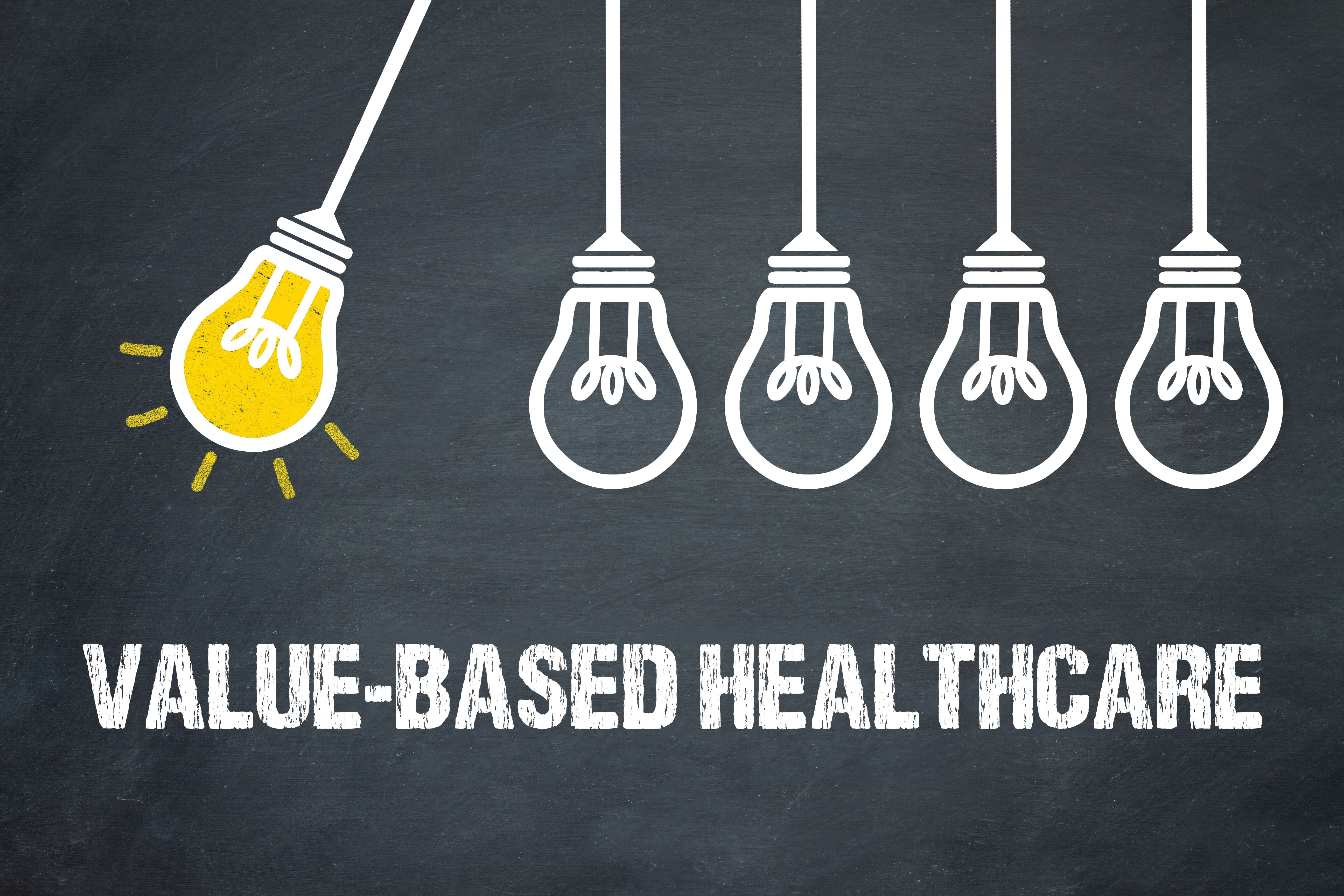Commentary
Article
From silos to synergy: Uniting health plan and EHR insights to drive success in value-based care
Author(s):
Here are three strategies to face the dual challenge of improving patient health while controlling costs.
© magele-picture - stock.adobe.com

As the health care industry increasingly adopts value-based care (VBC) models, providers face the dual challenge of enhancing patient outcomes while controlling costs. To succeed in this environment, integrating health plan data — such as claims, enrollment and care gap information — into clinical and operational workflows is essential. By combining health plan data with traditional clinical information from electronic health records (EHRs), providers gain a comprehensive view of each patient’s health journey that neither source can provide individually. This broader perspective empowers providers to proactively address care gaps, improve patient engagement and streamline workflows, all of which are vital for meeting the demands of VBC. But how can providers effectively harness these data to truly transform patient care and operational efficiency?
Patients, care and workflow
Emily Holzman, MPH
© Azara Healthcare

Here are three key strategies to leverage health plan insights to drive success in VBC:
- Build a complete patient profile
While EHRs provide the most nuanced clinical data, they can lack a broader view of every service a patient receives. If a patient accesses care at a new facility and uses their insurance, the health plan will have that record, but it may not make it into the EHR used by the primary care provider. By leveraging a population health platform that integrates both health plan and provider data, providers gain access to a more comprehensive patient profile, including details from claims and enrollment data that EHRs alone might miss. This unified view enhances clinical workflows to ensure continuity of care and improves operational efficiency, two elements essential for success in VBC models.
- Close care gaps and enhance patient engagement
Most VBC contracts include quality metric targets — requiring care teams to know when there are gaps in care across the population. Both EHR and plan data can be used to generate lists of gaps; however, because these data sources often have disparate or even conflicting information, it can be challenging for care teams to know when a patient has a true gap, or whether closing the gap can be accomplished through data reconciliation.
With a population health platform capable of comparing quality measure results from both EHR and plan data, care teams can understand where to best direct their efforts. By consolidating plan-calculated measures, claims data and enrollment information into one view, care teams can act on these insights and maintain high-quality care under VBC agreements.
Health plan data also play a vital role in patient engagement strategies under VBC arrangements by helping providers better understand and address specific patient needs.
By integrating health plan data with EHR information, providers can identify patients who require additional support or follow-up, such as those with chronic conditions or who are overdue for preventive screenings. This data-driven approach maximizes patient engagement, helping to close care gaps efficiently, improve patient satisfaction and enhance overall health outcomes in a way that reduces staff involvement.
- Streamline workflows for efficiency and cost management
Efficient workflows are essential in VBC, where providers must meet quality and cost benchmarks. Health plan data specifically help provide insights into cost drivers like brand name drug utilization and emergency room admissions.
With a consolidated view of all VBC cost and utilization metrics from all plans, providers can focus on reducing unnecessary hospital visits by following up with patients to provide high-quality, targeted preventive care. Additionally, analyzing in-network vs out-of-network utilization patterns helps practices manage referrals more effectively, increase in-network care and reduce leakage — ultimately controlling costs while enhancing patient care continuity.
The success of any data-driven approach depends on accuracy. Health plan data must align with clinical records to avoid inconsistencies that could hinder care. Regular reconciliation, such as updating patient demographics and verifying claims data, helps maintain data accuracy. A platform with multiple sources of data offers the best opportunity for practices to critically assess the quality and accuracy of their data. When providers trust the reliability of health plan data, they can make better decisions and deliver care that meets VBC standards — ultimately building a foundation for continuous improvement in patient care.
Building bridges starts with technology
Bridging the gap between health plan data and clinical records is essential for VBC success. Population health management tools enable this connection, offering a comprehensive view that unites claims, enrollment and clinical data to empower health care teams. By leveraging these insights, providers can proactively address care gaps, enhance patient engagement, optimize workflows and control costs more effectively. As value-based models expand, organizations that integrate these data sources are well-positioned to deliver higher-quality, cost-effective care, paving the way for sustainable, patient-centered outcomes.
Emily Holzman, MPH, is the director of clinical transformation for Azara Healthcare, a leading provider of quality measurement, analytics and reporting for the community health and physician practice market.





